DTE Energy filed a lawsuit earlier this month against Michigan’s St. Clair County, the county’s board of commissioners and the county’s health department. The lawsuit alleges local officials overstepped their authority by restricting large-scale solar projects through zoning restrictions and health department approval.
The county’s regulations say solar installations are a health hazard due to noise and visual pollution.
Noise levels loud enough to be heard at property lines can typically be avoided by designing the project so that the inverters are furthest from the property.
(Read: Sounds from the sun: Addressing acoustics for solar harmony)
The county’s regulations say energy facilities have the potential to create visual pollution resulting in negative or dangerous health consequences. The regulations say visual pollution can “‘significantly contribute to stress levels in individuals’” and is also “linked to increased levels of anxiety and development of depressive symptoms.”
DTE Energy’s lawsuit alleges the county’s rules are illegal under Public Act 233, a new law that went into effect less than a year ago. PA 233 allows developers to petition the state when towns or counties try to prevent landowners from using their land for a renewable energy project despite its state compliance. The law grants the Michigan Public Service Commission with authority to grant permits if a local government fails to adopt a compatible renewable energy ordinance, fails to make a decision within 120 days of an application, or denies a permit for an application that meets state requirements.
The county’s new regulation impose stricter limitations of 45 decibels than PA 233’s allowance of 55 decibels. The county’s regulations also prohibit tonal noise.
DTE Energy argues the county’s regulations exceed the standards set forth by PA 233. The county adopted new regulations May 1, 2025 that require solar and battery storage facilities to obtain Health Department approval before construction.
Until shutting it down in 2022, DTE Energy owned a major coal- and oil-fired power plant in St. Clair County.
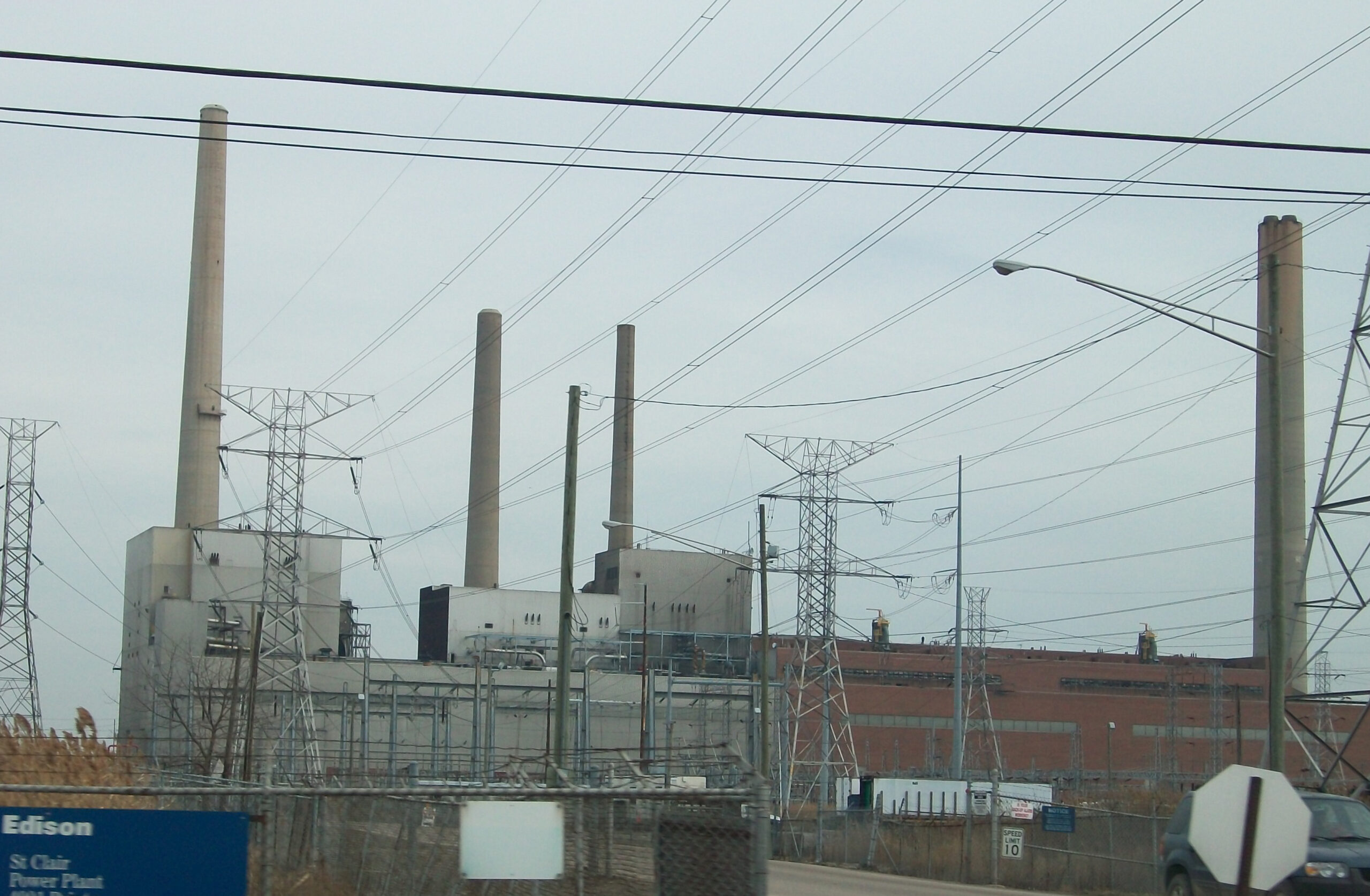
Local governments work to exert local control over private land
DTE Energy has taken steps in recent years to bring more renewable energy projects online in lieu of coal-fired plants. For example, the utility reached a settlement in 2023 to revise its resource plan and add 3.8 GW of renewables. In 2022, DTE announced a deal with Ford for a 650 MW power purchase agreement for a group of solar projects set to come online.
When DTE announced the deal, Michigan received just 0.64% of its electricity from solar, with 927 MW capacity installed, according to the Solar Energy Industries Association. DTE Energy said at the time that once complete, the projects would increase Michigan’s solar energy by 70%. Michigan’s installed capacity has since grown to 1.88 GW of solar as of the end of 2024, and the SEIA projects a growth of 4.79 GW over the next five years.
Prior to Public Act 233, renewable energy developers faced an array of siting approval hurdles in Michigan, such as strategic zoning maneuvers, repressive ordinances, and jurisdictions refusing to review certain projects by enacting moratoriums while they developed ordinances to keep the renewable energy project out.
(Also read: Michigan House eyes repeal of state authority over clean energy siting)
The Sabin Center for Climate Change Law said at least seven townships had either prohibited or substantially restricted solar development in districts zoned for agricultural use as of the end of 2023, a considerable increase from just two townships reported the prior year.
In some cases, local governments have successfully thwarted clean energy projects without creative, or even straightforward, legal maneuvers. Instead, some cases have taken a more vitriol approach, such as in Ostego County, when backlash led developer RWE to bow out of a deal for land offered from the Michigan Department of Natural Resources.
Despite the strong local opposition and measures taken by local governments to restrict renewable energy development across Michigan, most Michiganders say they support the state taking measures to develop more clean energy projects.
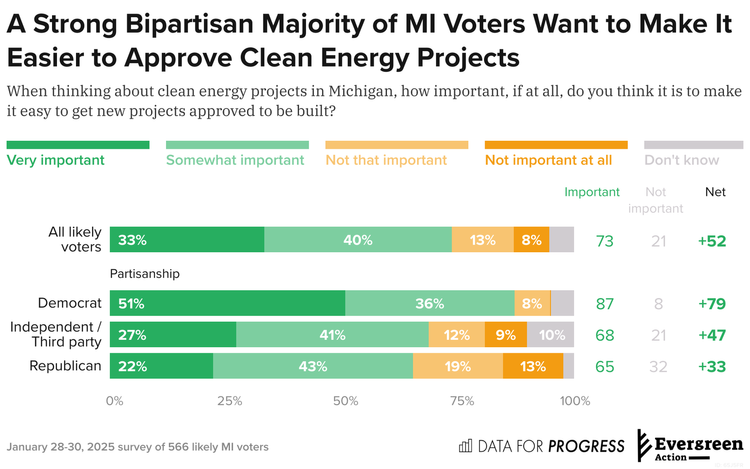
Michigan residents who said it is “not that important” or “not important at all” for Michigan to make it easy to get new clean energy projects approved for build are in the minority, with 8% of democrats and 32% of republicans saying it is not important, according to Data for Progress and Evergreen Action’s survey of 566 Michigan voters in January. Additionally, only a minority of Democrats (6%) and Republicans (35%) surveyed said they oppose Michigan taking steps to ensure the state generates at least 50% of its energy from clean and renewable sources by 2030.
Also read: Local opposition threatens clean energy transition
This content is protected by copyright and may not be reused. If you want to cooperate with us and would like to reuse some of our content, please contact: editors@pv-magazine.com.
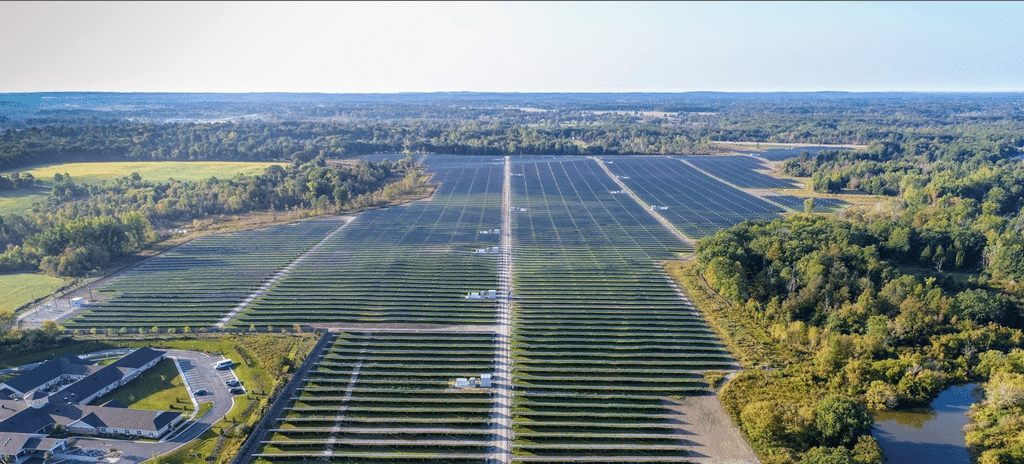
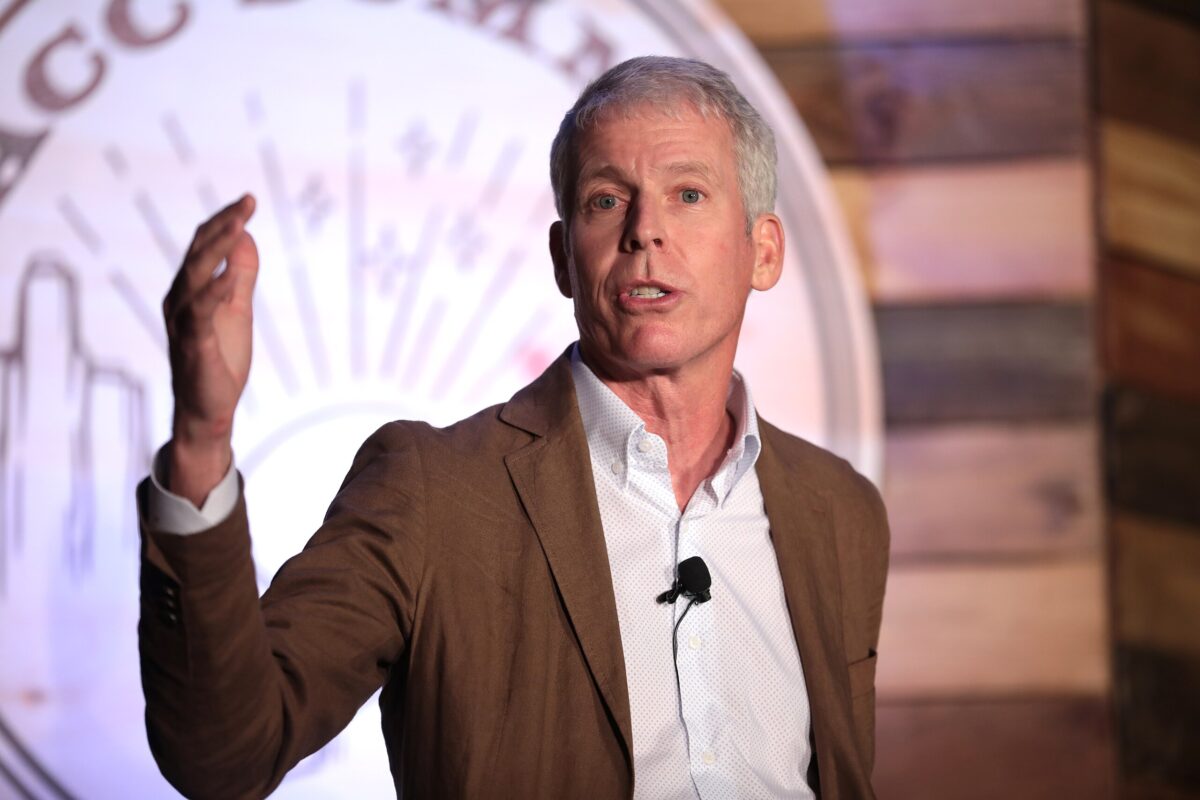


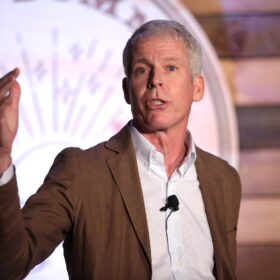

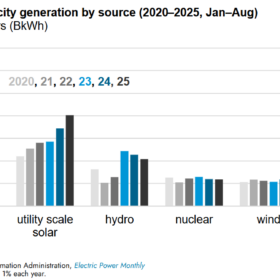
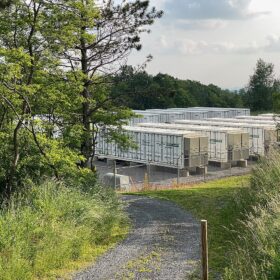
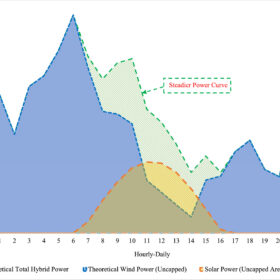
As if constantly raising our rates and record profits are not enough..power monopoly in Michigan.
Be mad at Whitmer. Not DTE’s choice on going carbon free. It’s a state law.
I know some people want to keep Michigan green, but at what cost. I am in a subburb of detroit and on a fixed income but i know the importantance of green energy. Fossil fuels are smelly,dirty and there are a lot of health issues associated with it. I recently got solar panels put on my house and am looking forward to it being turned on if more people would do this the burden on the grid would be lessened and hopefully elect bills will go down some across the area.
Surprised the county isn’t trying to start up the inefficient gas plant. The commission doesn’t like the look of solar? Get rid of the commissioners.
People do not want beautiful Michigan land covered with solar panels, forests cut down, and no one knows the long term risks from solar panels made of plastics and metals leaching chemicals into our vast waterways for the next generations and beyond. Areas alrealy have to look at and hear the unsitely windmills that create more carbon to create and ship these goliath things then saved iver their expected life time. A 70% increase of ..64% is just over 1% of our power is from solar. Definitely not worth the risks. Put them on top of all the buildings, not over the dirt to look at and hear all in the name of a few percent of power generation. Bottom line its not worth the looks and unknown risks with all the waterways and being dependent on DTE for storm cleanup and maintenance for a small percentage of our energy especially when Michigan has long snow covered winters and many different types of power plants already in existence that provide plenty of energy that DTE struggles to keep on blaming the weather. What is that same weather going to do to these solar panels over time? There is far top many questions and risks specific to Michigan to install these unsitely metal and plastic panels all over the place for energy we do not need in a State that has some of the cloudiest and snowiest weather in the country from November to March and on top of that pay continual rate increases. There never was a power shortage problem in Michigan. There certainly is a issue maintaining that power and the weather is always blamed, yet DTE wants to put solar panels of all things everywhere that only generate daytime power to solve it.